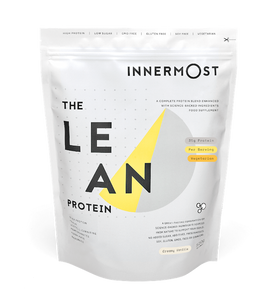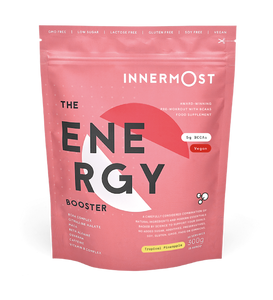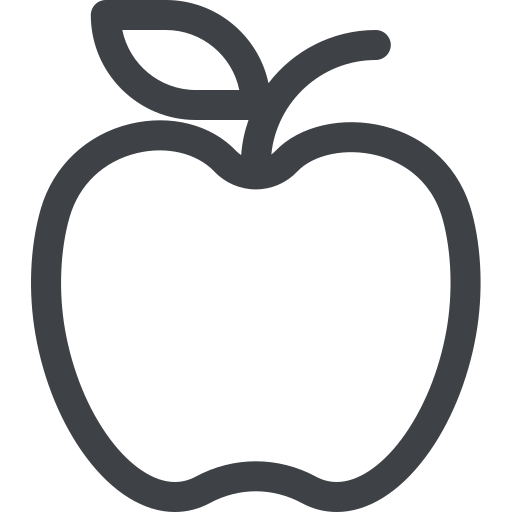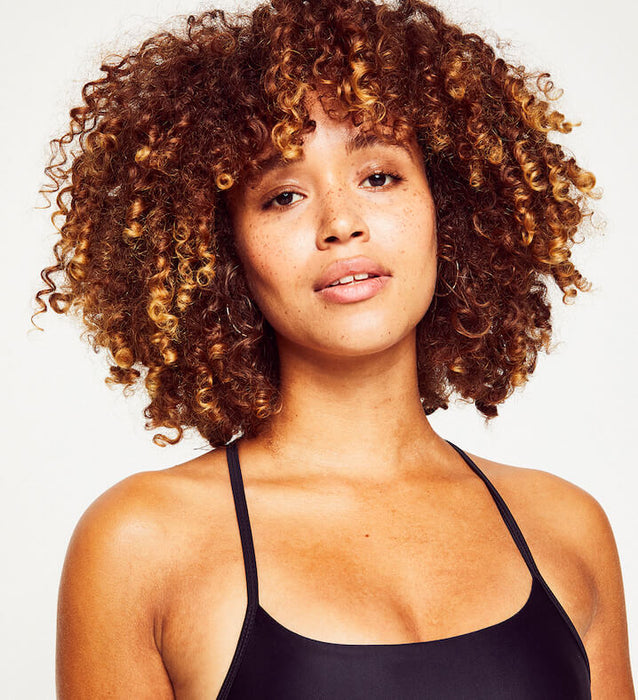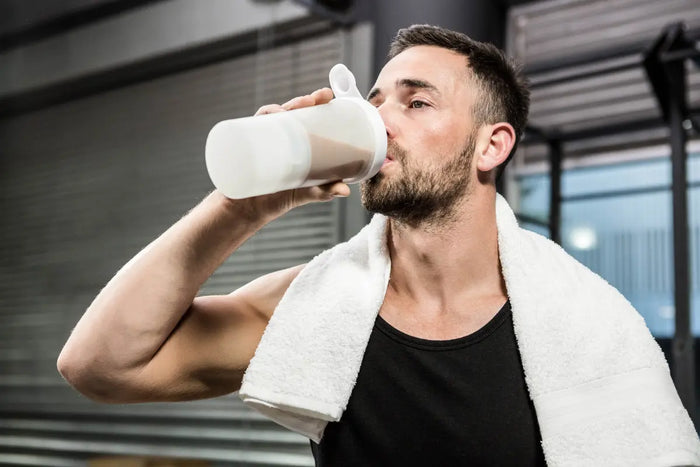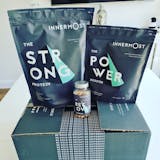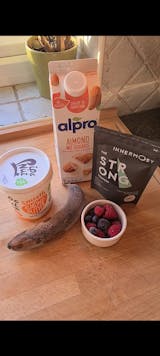Hi Innermoster’s! It’s that time again.
We take pride in collaborating with trail blazing brands and companies that strive to make a difference, and our latest collaboration is no different.
StrongHer, a woman’s-only gym based in London, have created an exclusive gym space that allows every woman to recognise their unwavering ability to accomplish their goals, in an environment that is non-judgemental, welcoming and celebratory.
Offering a unqiue StrongHer space, women-only gym, personal training facilities, sports massage and physio facilities and dedicated classes, StrongHer is a truly remarkable space that strives to give women their power back and make the most of their fitness journey, whilst surrounded by supportive, likeminded and strong women.
We caught up with StrongHer’s Tig Hodson to pick her brains on all things inclusivity: what it means to be an inclusive fitness company, and how StrongHer channels these ideals in everything they do.
Tig answers all important questions such as what is inclusive fitness, what is diversity in fitness and what can companies do to become truly inclusive brands?
Take it away, Tig…
StrongHers Tig Hodson gives her thoughts
In 2017, Nike was widely hailed across the Internet for becoming a trailblazer in inclusivity within the fitness space with their creation of a sport hijab for Muslim women. As one of the top and most influential companies in the fitness space, all eyes are on Nike when it comes to leading the way for trends, tactics and, now moreso than ever before, inclusivity.
Even though Nike’s product was not the first sport hijab for Muslim women ever created, one of the largest fitness companies in the world bringing the product into its range produced massive visibility for what should be prioritised next in the fitness industry.
Nike further ensured that all consumers and businesses watching did not perceive this move as merely performative activism, soon releasing a promotional advertisement showcasing their sports hijab in action with women working out while wearing their product.
This is one example of the way that some industry leaders have been paving the way for the fitness industry as a whole to re-examine what we consider inclusive and diverse. In an industry that has been historically represented by thin, white, cisgender, able-bodied individuals both in hiring and consumer-facing marketing practices, many companies are finally turning the page and finally reconsidering the consumers who are actually buying their products or services. Through this article, we hope to open up a dialogue about what other businesses in the fitness industry, and consumers of said businesses, believe are good practices to achieve better inclusivity and diversity.
Increasing visibility of underrepresented communities
Most brands have turned the page to realising their consumer base wants to see themselves represented in the brand in order to know that this brand stands by them and their identity -- that they are seen by this brand that they are spending their hard-earned money on.
However, there is a thin line between being meaningfully inclusive of the communities that support your brand and tokenizing customers from certain backgrounds with the purpose of capitalising upon their community. It is essential to know how these customers want to see their communities represented, how they want to be supported by the brand, rather than thinking up the best possible way to capitalise upon a customer’s diverse background or identity.
Start the conversation
We shouldn’t be patting ourselves on the back for doing what should have been done long ago, but we should be celebrating moving towards a more inclusive and visibly diverse industry that is better representative of its consumers.
In late 2020, GymShark Women posted a photo depicting a model with her armpit hair on display. This sparked a dialogue on social media, with many people discussing the importance of a major brand normalising body hair on women, especially in the context of workout gear.
Women are often told that they need to be perfectly groomed in order to set foot in the gym, and unfortunately, having a fully shaved body often falls into the category of “grooming” in societal standards. Through posting this photo on a platform reaching over 3 million of their followers, GymShark proudly stood behind any and all women who choose to keep their armpit hair as it is and workout in a sleeveless top. They spoke directly to their community with a single post, and rather than hailing themselves for helping normalise something that should already be completely normal, they allowed social media to have that conversation for them and continued business as usual.
As a womens-only gym based in East London that is still in its relatively early days, our brand StrongHer has a long path to go when it comes to appropriately representing our StrongHerd (a term we use to lovingly refer to our members). Making consistent, active efforts to more accurately represent and cater to those that keep our doors open is our number one priority, but we, and just about every other business, have a long way to go before we can fully call ourselves diverse and inclusive.
Much like GymShark or Nike, we are far from perfect when it comes to being fully inclusive or as diverse as possible, but we are making strides towards becoming more inclusive and more diverse every day through holding ourselves to the standards of better representation we aim to see in the fitness industry as a whole.
Inclusivity at Innermost
Here at Innermost, like the team at StrongHer, feel incredibly strongly about being a truly inclusive brand.
We all have a part to play when it comes to starting conversations, supporting underrepresented communities and being a voice. It’s all about using our platform to do good, and we strive to do better and be better everyday when it comes to inclusivity.

